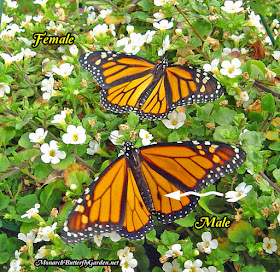 |
| Courtesy Pixabay |
<<A good watermelon is a staple, healthy summer snack, so it is important to know how to pick one, regardless if you are at the grocery store or the local farmers market.
When it comes time to pick the perfect melon, people often make their selection based on three characteristics: presence of seeds or lack thereof, size and ripeness.
Determining ripeness requires some knowledge; how can you pick a ripe watermelon?
Tip 1: Find the yellow belly, or the field spot
 |
| Courtesy Pexels |
Other than cutting open a watermelon to see the inside, the field spot is perhaps the best indicator of the ripeness. This spot on a melon shows where it was laying on the ground while attached to the vine.
 |
| Courtesy Pixabay |
If the watermelon is ripe, the field spot should be a large, yellow patch on one side of the melon. If it is ripe, the color should be a creamy, almost butter-like yellow. The bigger the yellow belly and the creamier the color means the more time the melon spent ripening on the vine. However, if the spot is smaller or looks more white than yellow, then the melon may not be as ripe.
Tip 2: Tap the underbelly and listen for a deep sound
Another way to find a ripe watermelon is to lightly knock the outside with your knuckles. A ripe melon will have a deeper sound, as opposed to an over-ripe one that will have a more hollow or flat sound. A duller, more hollow sound can mean the flesh is starting to go soft and spoil.
Tip 3: Look for a dull and heavy watermelon
Although it may not be the most photogenic nor the easiest to carry to your car, the best watermelons will be dull in appearance and heavier than the rest. A shiny melon indicates the insides are under ripe.
On average, a watermelon is 92% water, which makes them so juicy. A heavier melon likely holds more water, which will make it juicier.
This year’s off-the-charts watermelon quality and sweetness may be the best news you will hear all day.>>



















